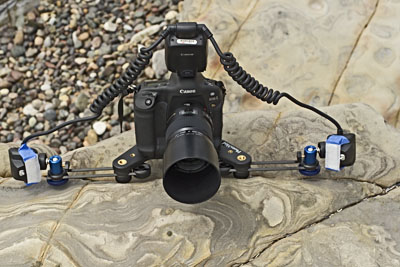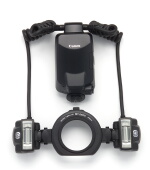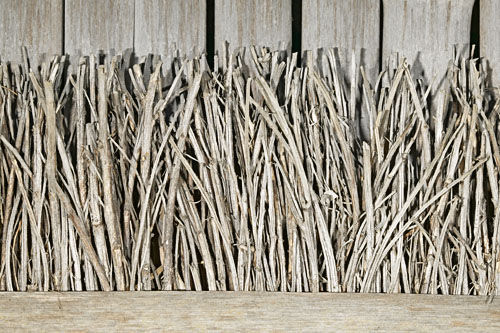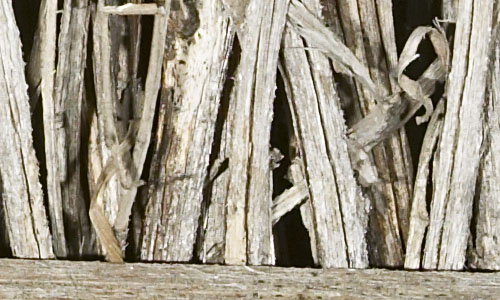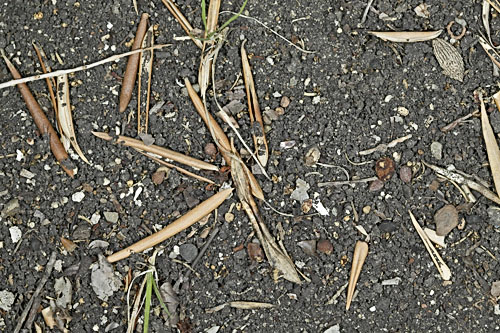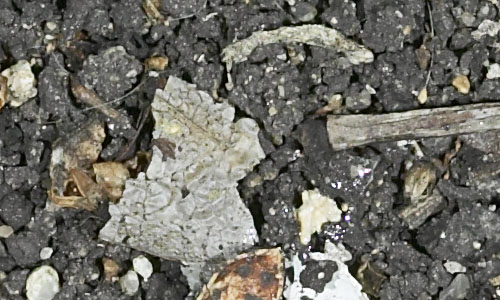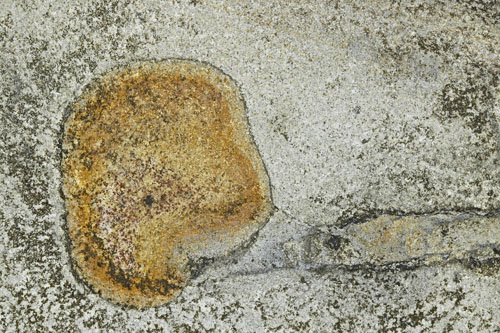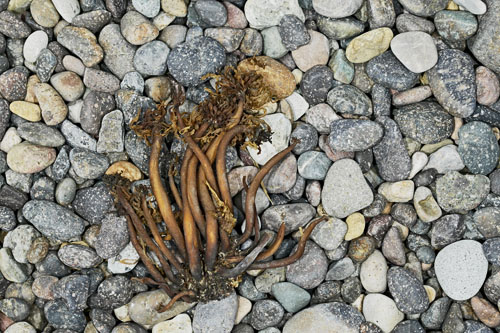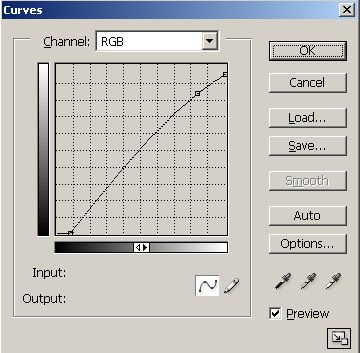|
|
Photo Technique #004"Canon Macro Twin Lite MT-24EX"
review note by
|
An important part of our photography involves closeup photographs. These are not real macro shots in the sense of 1:2 or even 1:1. Have a look at our "Earth Frames" portfolio. As always the light is the main challenge as we like to use:
The possible light:
Normally we are not that much into flash photography but the Canon Twin Lite MT-24EX in combination with our Canon 100mm Macro needed to be explored.
The 24EX comes with a clever ring where you can attach and adjust the twin lights as you like. This might be fine for real macro shots but would be far too directional for our kind of shots. What we needed was a bracket to get the two heads more off-center and still would allow handheld operation.
The company PhotoMed provided us with a sample bracket (as shown above). The bracket (soon featured on the product page and will cost about $199) is mainly used for dental photography. The bracket is excellent made and does exactly what we looked for. Of course a bracket alone does not solve the issues involved using flash: Potentially flat and unnatural look of the objects. The above photo shows our current (maybe final) setup:
The goal was to get soft light (Cinegel #3006) and the heads as far off as possible with this bracket. Modeling If both flash heads fire at the same power we get an unnatural confusing image as there is a loss no shadows (loss of depth) or two different shadows that indicate the two different light sources.
Modeling could be done using some neutral density filter in front of one flash head. Fortunately the Canon Twin Lite MT-24EX is more flexible. It allows to set the power ratio of the two heads. We finally experimented with a ratio of 1:2.8. That means one head fires 2.8 times as much light as the other head. This way the results already look much better.
Here are two shots we took for our Earth Frame series at Point Lobos
Exposure We find that you need have the histogram quite off the right side. This might indicate otherwise a strong underexposure but here with flash the following happens:
As mentioned the shadows can be quite flat so that you have to pay attention to a good black point in your image. A curve like this can do the trick (also makes the highlights less aggressive):
Also some warming filter should be used to remove the cold flash look. |
Conclusion We find the solution very attractive but know that we have to learn more about using flash in our work. We welcome if our readers would give us their feedback and we publish it here. |
| For Comments post in our News Group |





